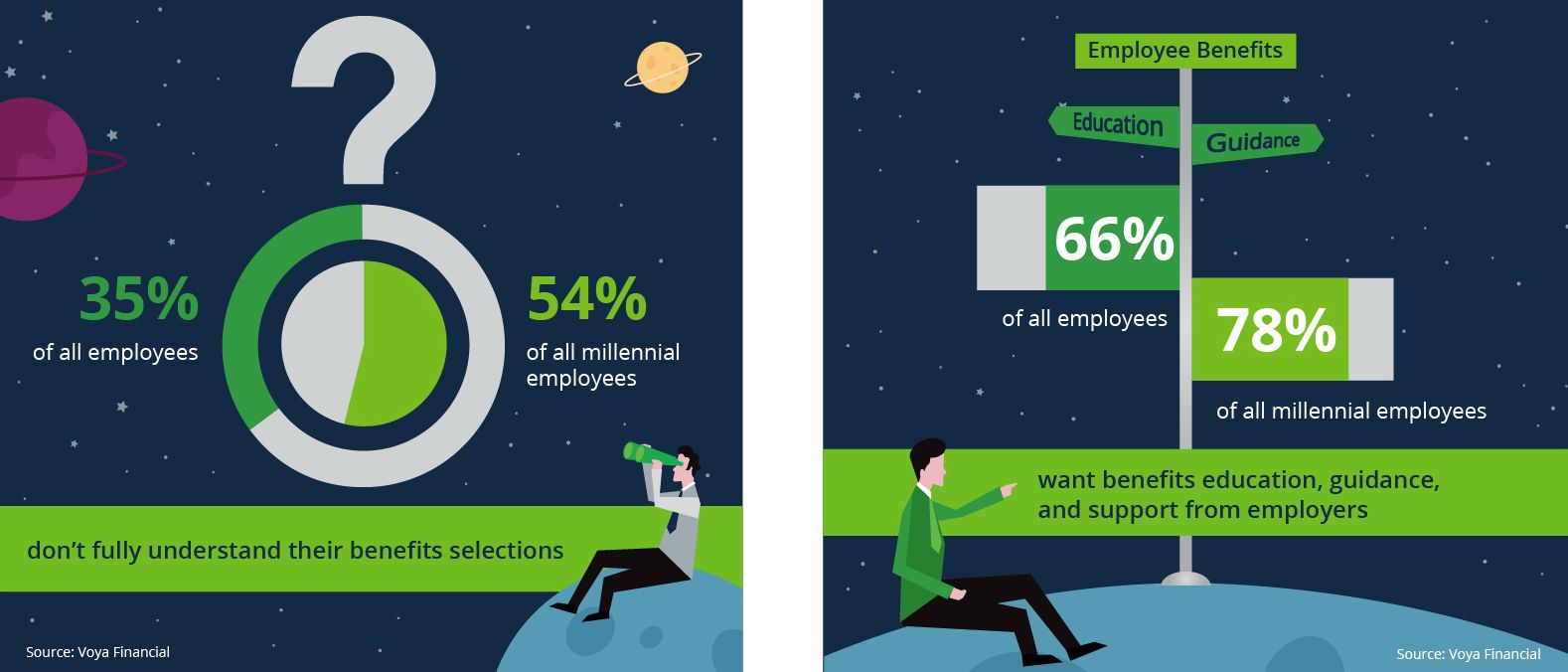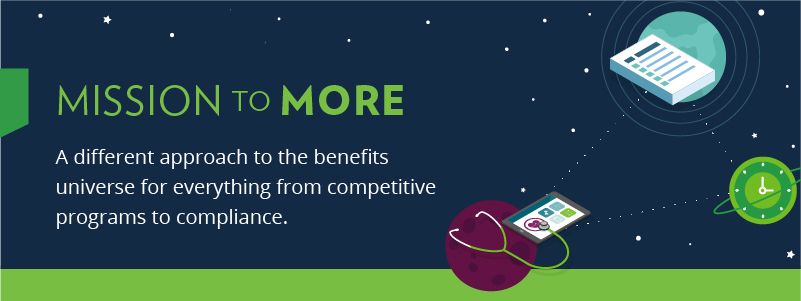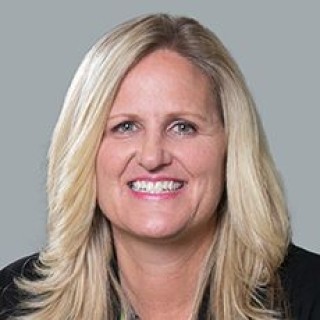Blog
3 Steps to Boost Benefits Engagement Through Employee Communications
Workers are used to hearing about employee benefits during open enrollment, but it's hard to remember so much information. Read more for three ways to get them what they need.
Communicating year-round can help employees better understand and use their benefits. Workers are used to hearing about employee benefits during open enrollment, but you can’t expect them to remember all that information when it's communicated only once a year. Here are three simple steps to set you, and your employees, up for success.
| At-a-Glance Read time: 5 minutes | ||
|---|---|---|
Share the New Plan Year Checklist
Two-thirds of employees (66%) want their employer to help them better understand benefits throughout the year—not just at open enrollment, according to a recent Voya survey. As a company, you spend so much money providing benefits; it’s time to help employees get a better grasp on how they work.
At the beginning of the new plan year, make sure your employees are well informed, especially if you changed carriers or implemented new programs. These basic, yet important, administrative points can help you create an initial communication to kick off the year. A simple checklist is easy to understand, and it feels like an accomplishment to cross each item off the list.
- Received Medical ID cards/accessed digital ID cards through the carrier's website/mobile app
- Checked that payroll deductions are correct
- Submitted Evidence of Insurability (EOI) forms, as applicable
- Signed up for mail-order prescriptions for maintenance medications
- Confirmed providers are in-network and found new providers if needed
- Checked that beneficiaries are up to date
- Reviewed programs and resources available for health management (e.g., no-cost preventative care, diabetes management, musculoskeletal programs, maternity, weight loss support, etc.)

Conduct a Survey on Employee Benefits Awareness
If you want to know whether employees understand their benefits, ask them. A quick survey can help you measure their knowledge of benefits programs and the effectiveness of Human Resources communications. Doing this early can help guide your communications throughout the year. This initial survey should be simple, focusing on what employees care about, what HR communicated well, and what it can improve on. Act on these responses for the next few months.
- Did you read the communications about open enrollment?
- Did the open enrollment communications give you a good understanding of your benefits and how they worked before you enrolled?
- What are your top three ways of receiving benefits information? a. Email b. Web portal c. In person d. Webinars e. Video f. Text messages g. Printed materials
- What topics would you be interested in hearing more about throughout the year? (List your different benefits and allow employees to choose multiple.)
- Would you attend drop-in Q&A sessions about benefits?
Tip: Use a platform like SurveyMonkey—Woodruff Sawyer provides this platform for our clients, and they can add questions and customize it as needed.
Continue Communicating Throughout the Year
Using the responses from your survey, develop your communication plan based on what your employees care about and what information they need. Rather than making it an HR burden, work with your carriers and broker—they have the resources to help you. 
On the carrier side, for example, Anthem and Kaiser both have wellness communications toolkits. At Woodruff Sawyer, our account team partners with our internal communication professionals to help clients develop a year-round strategy. Our clients have access to a robust library of deliverables and the ability to create custom communications.
Here are some tips to consider when planning out your communications for the year:
- Break up hot topics into chunks. Touch on a different topic for each communication and explain how employees can use their benefits.
- Be consistent. Decide what cadence is best for you and stick to the schedule. For example, you decide a monthly, two-page newsletter will be distributed on the first Monday of every month. Since you’ve created your “hot topics,” you can develop these communications ahead of time.
- Be good storytellers by bringing in the human element. Ask your employees for testimonials, telling their challenges and success stories. One example is a video of how counseling sessions through the employee assistance program (EAP) helped someone having problems with elder care.
- Keep it simple and digestible. As benefits professionals, we understand the terminology and how plans work. Remember that many employees do not. Take a step back from the benefits jargon and create material that is easy to understand.
- Mix up your media. Consider different modes of communication, including emails, videos, print material, lunch-and-learns, webinars, etc.
Be Strategic and Stay Updated
Creating a communication strategy that caters to how your employees want to receive information can help improve their understanding and use of your company's benefits. This will ultimately lead to greater engagement, which is a major goal of any program. For more guidance on how to best serve your employee base regarding benefits, sign up for Woodruff Sawyer’s Benefits newsletter, which includes all Mission to More articles.
| Woodruff Sawyer’s Mission to More series leads you through today’s benefits news and serves as a guide for everything from competitive programs to compliance. |
Author
Table of Contents










